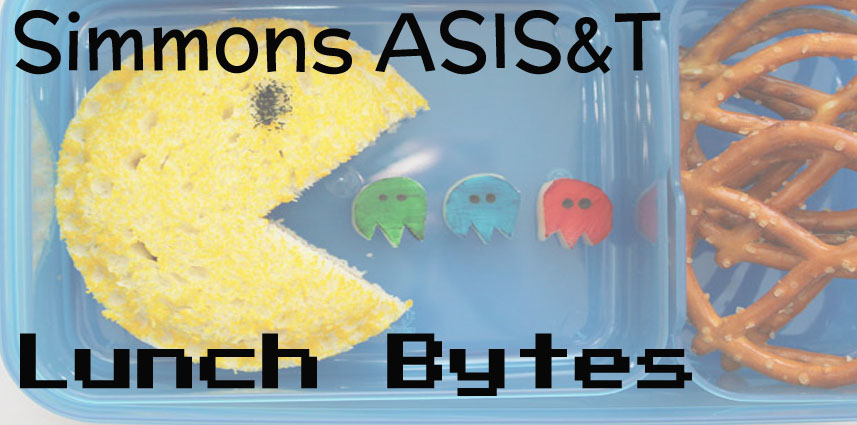Lunch Byte: Taxonomies for Publishing: Enhancing the User Experience
A survey of ways that taxonomies can be used to semantically enrich publisher content and improve the overall user experience. Actual website examples will illustrate opportunities to leverage the taxonomy to transform each piece of content into a semantic web resource.
In the modern environment of Web-hosted content, where users can instantly find and access vast numbers of works, the competitive value of a journal article, a book, or a collection is increasingly derived from users’ ability to connect the information contained within the works themselves with other content that is important to them. This ability to create instant connections between works that have been heretofore kept separate or “siloed” – by journal title, content type, or publishing house – represents a revolution in the way users search for, consume, and pay for information. This trend has been happening for several years, often to the commercial disadvantage of publishers: by indexing every page on the Web, Google has changed the economy of publishing to one that is increasingly based around the article or the chapter, rather than the journal or the book. Instead of starting at a journal’s home page, users go directly to articles, bypassing the publisher’s home page branding and revenue-generating advertising . Google has effectively become the “hub” connecting all content on the Web. Nearly all of the major publishing organizations are discovering that in order to protect their brands and preserve the value of subscription sales, they need to become more active participants in this process and create new paths that enable users to find additional value within their content collections.
We will discuss
- Beyond searching and browsing, the power of content links to enable discovery
- Connecting people, places, events, products
- Repurposing legacy content to create targeted resources for specific target markets
- Enabling links to ideas and data sets beyond the article
- Creating networks of authors, peer reviewers, and society members
